The popularity of smartphones has been growing rapidly for over 10 years. Of course, companies adequately respond to huge demand, constantly improving their models. Traditionally, the competitiveness of any device depends on its price, functionality and specs. The price and functionality are not covered in this article. But in general, competition forces companies to expand intensively functionality and pursue flexible pricing policies. As a result, a modern budget smartphone worth several hundred dollars already provides opportunities that seem unlimited compared to models 5 years ago.
Blackview MAX 1 Projector Mobile Phone with a projector function, Desktop Mode in Android Q 10 and foldable smartphones perfectly illustrate this trend. In fact, the modern smartphone has become a universal pocket PC with fairly high-quality media functions, including a camera, projector, etc.
Of course, competitiveness requires continuous improvement of all components, including smartphone performance, camera, Smartphone Storage, OS, screen etc. In particular, the improvement of cameras is developing in two directions.
First, companies increase the number of different cameras, expanding shooting opportunities. As a result, modern multi-camera smartphones provide high image quality when shooting in almost any conditions. A list of the most popular add-on modules includes Ultra-Wide, Telefoto, Depth and ToF cameras.
Today even budget models often use two cameras. Modern flagships usually have three or more modules. Moreover, Sony announced a smartphone with an unprecedented 8 cameras.
Secondly, companies continue to traditionally improve the main specs of matrices and lenses. This article offers a more detailed analysis of this aspect.
Resolution, Pixel size and aperture
As known, the matrix forms an image using photosensitive cells (photosensors). 1 MP corresponds to a million photosensors on the matrix. They determines the resolution of the matrix and directly affects the image quality.
A few years ago, smartphones have mainly used a 0.5-megapixel, 1.3-megapixel or 2-megapixel matrix. Only some flagships had 5-MP cameras. The rapid development of the production technology of photosensors has radically changed the situation. Modern models already use matrices with a resolution of 8 MP to 40 MP and even more.
The pixel size directly affects the number of absorbed photons during exposure. Accordingly, the photon flux capture efficiency is different for matrices with different pixel sizes. This factor directly affects image quality. Its gradations are:
– 1.55 μm-1.40 μm – high quality even in low light;
– 1.40 μm-1.22 μm – high quality in normal lighting, image noise in low light;
– 1.12 μm or less – high quality only in bright conditions.
But increasing the pixel size with the same resolution requires an increase in the matrix size and optics, which increases the thickness and width of the smartphone. Therefore, companies are forced to constantly seek compromise solutions.
Bright detailed images require a powerful light output, which depends on the aperture (degree of lens openness).
Accordingly, a wide aperture absorbs more light flux. Its size is denoted by “f”. Wide aperture provides macro photography, bokeh effect, etc.
The effect of aperture on quality:
– f / 2.6, f / 2.4 – low quality;
– f / 2.2, f / 2.0 – usually used in budget models;
– f / 1.8, f / 1.7, f / 1.6 – the optimal aperture.
Image sensor size
The matrix is a chip with photosensitive photodiodes. As known, a photodiode under the influence of light forms an electrical signal, which is subsequently converted into a digital signal. In fact, the matrix performs the function of a film in traditional cameras. In the future, information about the image goes to the processor, which converts it and sends it to the smartphone’s storage. On average, this process lasts 0.2-0.3 seconds.
At the same time, the picture quality directly depends on the matrix size.
Modern models use matrices with the following diagonal:
– 1/3″- budget smartphones;
– 1/2.9″, 1/2.8″ – mid-level models;
– 1/2.6″, 1/2.3″ – flagship smartphones.
For example, the diagonal of a 12-megapixel Sony IMX386 matrix in Xiaomi Mi Mix 2 is 1 / 2.9″ (6.2 mm) and the pixel size is 1.25 microns.
The ratio between the size of the matrix and pixel
Of course, a large number of pixels (resolution) requires an increase in their density.
But for a constant matrix size, this requires a reduction in pixels size with a decrease in absorption of light by each of them. Thus, only the choice of the optimal ratio can ensure maximum image quality.
For marketing reasons, most companies often do not specify pixels size, indicating only the matrix resolution. But the resolution does not characterize the efficiency of light absorption, and, as a result, the real quality of the images.
Today, companies are experimenting with this ratio. Samsung Galaxy S6 perfectly demonstrated very successful combination.
With the same specs, it clearly wins compared to the iPhone 6.
In addition, Samsung Galaxy S7, S8, S9 with a 12-megapixel matrix also demonstrate excellent quality due to the large pixel size.
Super Pixel (Quad Pixel, Quad Bayer, TetraCell) technology
Having reached a huge resolution (48 megapixels, 64 megapixels and more), companies began to look for other ways to further improve the camera. As a result, Super Pixel technology using Pixel Binning was developed. In fact, this algorithm combines four small pixels into one large pixel using filters.
Almost all leaders use this technology. Sony calls it Quad Bayer, Samsung uses the TetraCell term.
Mixing pixels eliminates the problem of low light. The algorithm combines RAW data from four pixels into one effective super-pixel, providing the maximum amount of captured light while reducing image noise.
Of course, it reduces the actual image resolution. For example, a 24-megapixel camera with Super Pixel technology can provide a real resolution of only 6 megapixels. Therefore, cameras with low resolution rarely use this option. Its effectiveness is manifested in 40-megapixel matrices and higher. In this case, the algorithm improves quality in low light conditions by reducing over-resolution.
In addition to reducing resolution, this technology also eliminates the output of the RAW (DNG) format due to data loss during the Pixel Binning.
OIS and autofocus
Many modern cameras use OIS (Optical Image Stabilization) to increase clarity and improve focus when shooting in motion or in low light.
In fact, OIS provides amortization to compensate for camera movements during movement. The optical stabilization mechanism smoothes shaking hands or movement while walking. Functionally, OIS replaces the traditional tripod.
Budget models often use digital stabilization instead of the more efficient and expensive optical stabilization. In this case, the algorithm smoothes gradations of blurry frames.
In addition, almost all modern cameras have autofocus on one or more objects. Today, companies use contrast, phase and laser autofocus. But laser autofocus provides maximum efficiency.
Conclusion
1. The resolution of the image sensors in the cameras of smartphones has almost reached its maximum. Its further increase is already limited by a decrease in captured light due to a decrease in pixel size. Apparently, further improvement of the cameras will be based on increasing the matrice size and improving the signal processing algorithms.
2. On the other hand, even medium-budget models provide high enough quality for amateur photography. Many expensive smartphones are already successfully competing with traditional cameras for picture quality.
This video demonstrates latest innovative Sony IMX686 image sensor for smartphones.

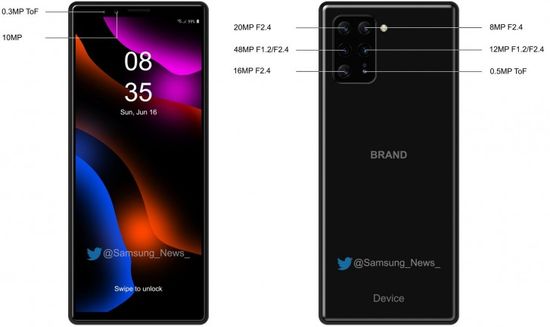
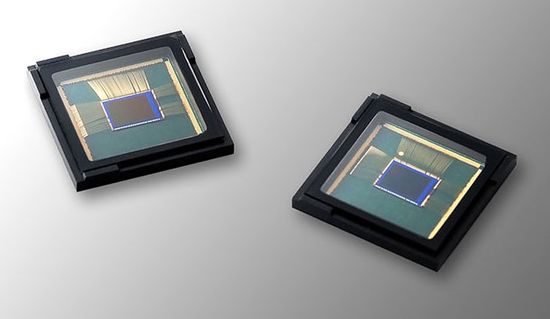
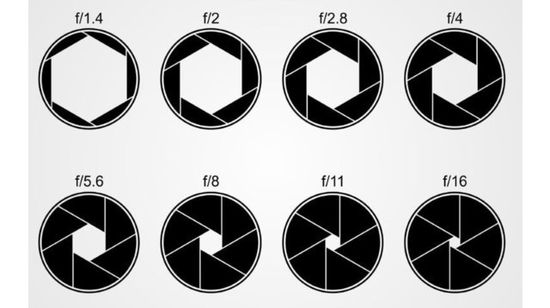
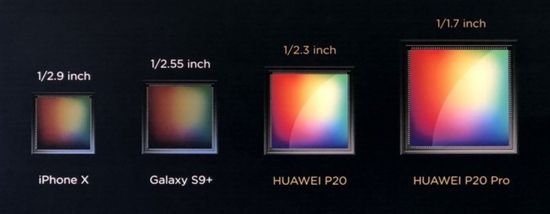
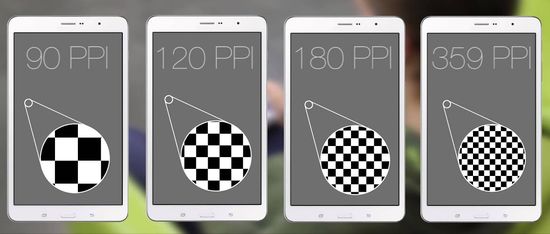


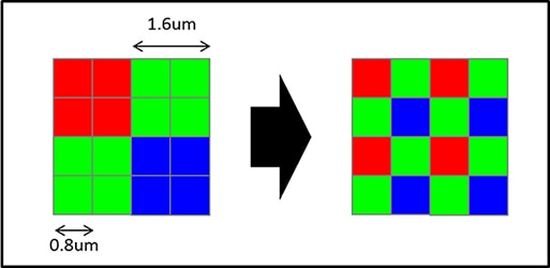
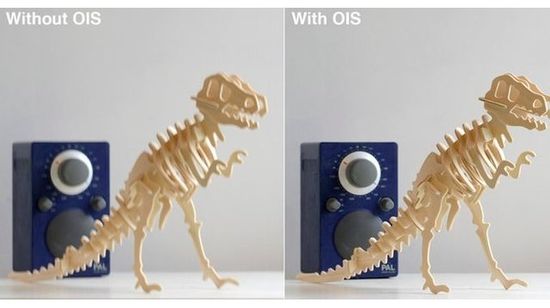
Pingback: AMOLED vs LCD displays in phones - The Appliances Reviews